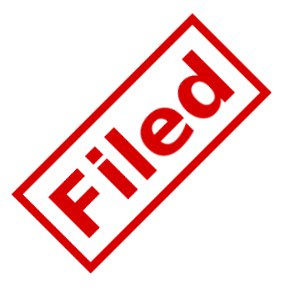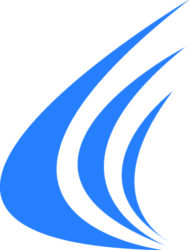 What happens after a patent application is filed depends on whether a provisional patent application or a non-provisional patent application was filed. If a non-provisional patent application is filed, once the patent office receives the complete patent application they will place your application in a queue to be examined by a Patent Examiner.
What happens after a patent application is filed depends on whether a provisional patent application or a non-provisional patent application was filed. If a non-provisional patent application is filed, once the patent office receives the complete patent application they will place your application in a queue to be examined by a Patent Examiner.
Non-Provisional Applications – Timing
Depending on the backlog of patent applications to be examined, it could take about 21 months, on average, for an Examiner to begin the examination process on your patent application. This time frame can be shortened if a priority examination is requested and granted. When the Patent Examiner picks up your application for examination, the examiner will do a prior art search (a search of the prior patents and patent applications and other sources of prior art) to determine whether your invention, as set forth in the claims of your patent application, is new and otherwise meets the requirements for patentability.
The Patent Prosecution (Negotiation) Stage
At least some claims are rejected (or another objection is raised) as a result of the first substantive examination in about 77 to 95 percent of all patent applications. When claim rejections or other objections are found by the examiner, the examiner will issue an office action explaining the reasons for the rejections and objections.
Many patents result from patent applications that received at least one rejection in an office action after the first substantive examination by the examiner. In most cases, the office action is not the end of the road, but rather the beginning of a negotiation (known as patent prosecution) between the patent attorney, on your behalf, and the Examiner at the USPTO as to the scope of the protection that will be granted over your invention in a resulting patent.
If you decide you would like to respond to the office action and proceed forward with the patent application, we will review the office action and advise you of the options for responding and the strategy corresponding to each option. We will endeavor, where possible, to explain the relative likelihood of success and cost with each option.
There are a number of ways to respond to an office action. One way is for the attorney to draft a written response to the office action which amends the wording of the claims and/or makes arguments on behalf of the patent applicant on why the application should be allowed to issue into a patent. Another means that can be employed is for the patent attorney to setup a telephone interview with the examiner were the attorney can discuss the issues raised by the Examiner in the Office Action and seek to place the patent application in condition for allowance.
After the first written response is filed, the Examiner, if convinced, may allow the patent to be granted. However, the Examiner may issue a second office action responding to the attorney’s written response. Where again, the attorney will advise the client regarding the options for responding in a manner similar to the first office action. The attorney may then prepare a written response or hold a telephone interview or both. The office action issuance and response can occur any number of times, if government fees are payed to continue the prosecution, depending on the client goals.
Sometimes patents are allowed at the first office action, after the first office action, after a one or more subsequent office actions, or after appeal. In certain circumstances, an appeal can be pursued to the Patent Trial and Appeals Board (PTAB), if the Examiner maintains a position which is incorrect under the law. Further appeals to the courts can be pursued, although relatively rare.
Whether your patent application is granted relatively quickly depends on many factors including: the goals of the client, the scope of protection sought, the degree to which the subject matter area of the invention is crowded (e.g. many similar inventions disclosed in the previously), how close your invention is to other inventions in the field, the disposition of the Examiner, and whether a patent search was performed before that application was filed, among other factors.
Provisional Patent Applications
Provisional patent application are not examined by the U.S. Patent and Trademark Office. Instead, they act to provide you with a priority filing date with respect to the subject matter disclosed in the provisional patent application. In order to receive a patent based on the subject matter disclosed in a provisional patent application, a non-provisional patent application must be filed within one year of the filing of the provisional application and make a claim of priority to the provisional application. Then that subsequently filed non-provisional application will proceed as described above. For more information on whether to start with a provisional or non-provisional click here.
